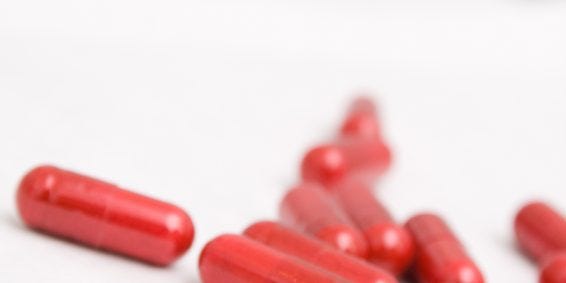A clinical submission filed under FDA Section 505b2 is an NDA is required to demonstrate clinically meaningful treatment benefits and statistically significant safety and efficacy objectives and endpoints. The new investigational drug will be administered to the patient in a new formulation, with a new dosage form, new dose strength and is patented. The pharmaceutical company and/or manufacturer seek market exclusivity for the NDA. Approval of the NDA under Section 505(b)(2) nda, is granted by FDA only after an extensive Phase 1, 2, 3 clinical development program. When all 3 clinical phases are complete, the pharmaceutical company and/or manufacturer, submits an NDA including all results from all studies, nonclinical, preclinical, CMC, clinical, bio analytical, pharmacologic and pharmacokinetic to FDA. The NDA is filed, reviewed for filing completeness and then sent to the appropriate division at FDA for review. The regulatory “clock” begins for the file.
An NDA is the culmination of 10–15 years of discovery, R&D, clinical development and by the time an NDA is approved by FDA, the pharmaceutical company and/or manufacturer, has invested numerous years and many millions for the approval. Post-marketing, post-approval is the next step and requires a 12–36 month commitment to monitor and assess new drug attributes such as risk, benefit, safety, effectiveness, SAE reports and otherwise. At the time of approval of an NDA, FDA grants a period and right of exclusivity to the submitter for the newly approved drug. The approved drug and patent(s) are protected for up to 20 years from the date of the first filing of the patent application.
Under the Hatch-Waxman Act, a new drug application and clinical submission process will fall into one of two categories depending on drug profile and background. The two categories are NDAs and ANDAs (Abbreviated) New Drug Applications. Under FDA Section generic 505b2 nda, a new drug application and clinical submission is further divided into Sections 505(b)(1) and 505b2 nda. An ANDA is further delineated with respect to Bioequivalence requirements and is submitted as a 505(j) application and clinical submission. The 505(j) drug moiety is not a new chemical. Pharmaceutical companies and/or manufacturers filing under Section 505(j) must follow the “generic” approval process for drug application and clinical submission.
NDAs and ANDAs require QC and QA to ensure file ability, quality content, accurate, consistent data and documentation and a successful clinical and regulatory approvability outcome with FDA and otherwise. NDAs and ANDAs are submitted in a CTD (Common Technical Document) presentation and format. CTD content, completeness and format must be quality-controlled and quality-assured to ensure regulatory compliance and reviewer friendly dossier navigation.
